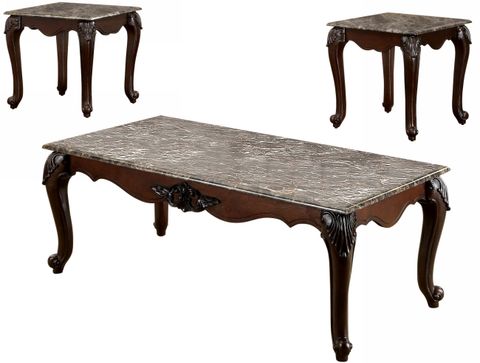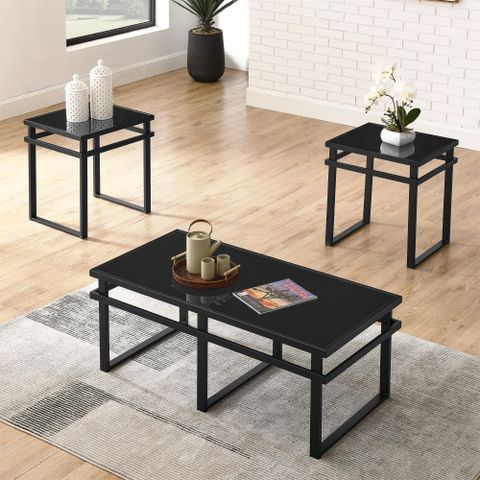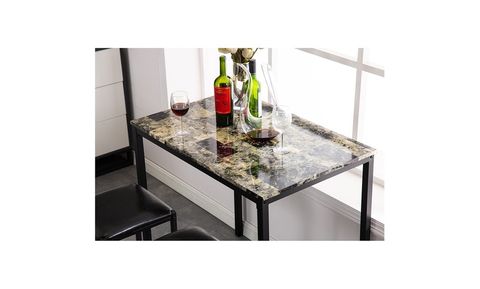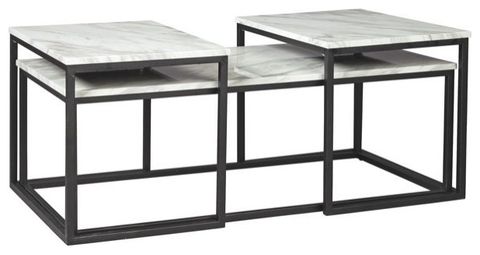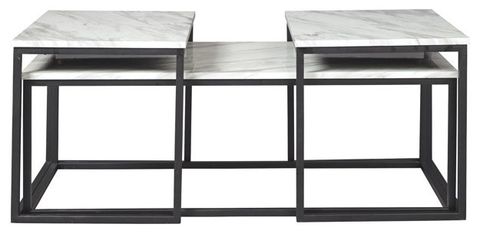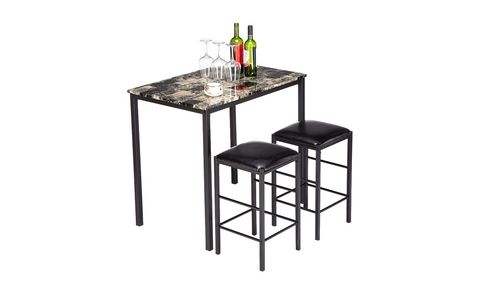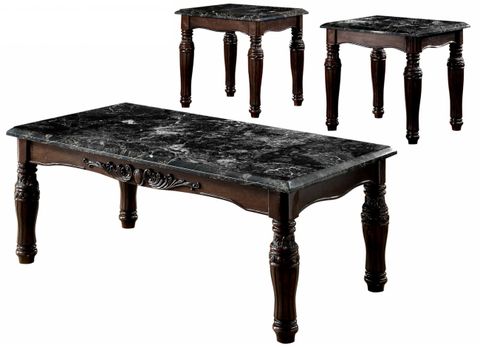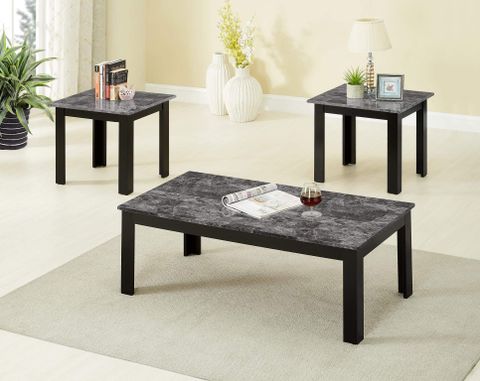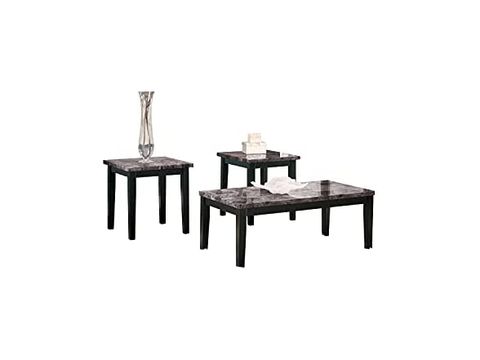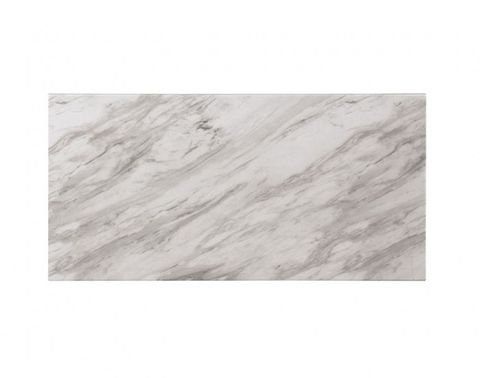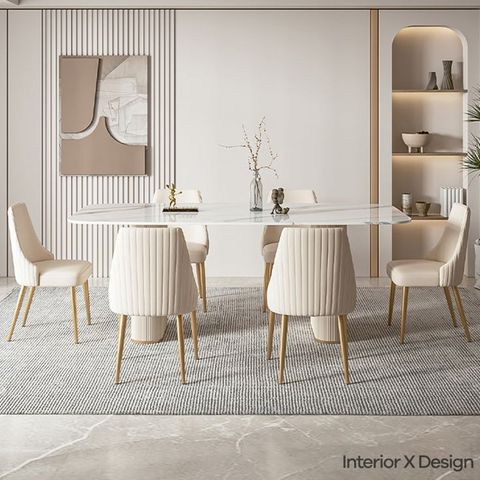When you picture a luxurious dining room or a sophisticated living space, chances are a sleek black marble table comes to mind. It’s undeniably gorgeous, isn’t it? That deep, inky hue, often flecked with subtle veins of white or gold, just screams elegance. But what if I told you that beneath that captivating surface lies a material that’s not just about looks? What if its real strength is something we often overlook – its sheer, unyielding durability? Let’s peel back the layers and truly understand what makes black marble table tops such a lasting investment.
We’re drawn to black marble for its dramatic flair and its ability to anchor a room with a sense of gravitas. It’s a material that has graced palaces and high-end homes for centuries, a testament to its timeless appeal. But as with any significant purchase, especially for something as central as a dining or coffee table, we want to know it’s going to stand the test of time. Is it a fragile beauty, or a robust companion for everyday life? This exploration dives deep into the material science and practical considerations that define the durability of black marble table tops.
What Exactly IS Black Marble?
Before we talk toughness, let’s get a handle on what we’re dealing with. Marble, in general, is a metamorphic rock. This means it started out as something else – usually limestone – and under immense heat and pressure deep within the Earth, it recrystallized. The ‘black’ in black marble usually comes from organic materials or mineral impurities like graphite or certain types of sulfides present during its formation. Think of it like a cosmic recipe with just the right ingredients and conditions to create that rich, dark color. Different types of black marble exist, like Nero Marquina, Black Galaxy (though technically a granite with marble-like polish), and others, each with its own unique pattern and mineral composition. This variation is key to understanding its performance.
The Myth of Fragility: Unpacking Marble’s True Strength
There’s a common misconception that marble is inherently delicate, easily chipped or stained. While it’s true that marble is softer than granite or quartz, its durability is often underestimated. On the Mohs scale of hardness, marble typically scores between 3 and 4, while granite is around 6 to 7. So, yes, a sharp object could scratch it if you really tried. However, its density and crystalline structure provide significant resilience. For a table top, which isn’t subjected to the same harsh treatment as a kitchen counter, this level of hardness is more than adequate. The real story of marble’s durability lies in its composition and how it’s treated and maintained. It’s not about being indestructible, but about being remarkably robust for its intended use.
Factors Influencing Black Marble Durability
Several elements play a role in how well your black marble table top will hold up:
- Density and Porosity: Denser marble with lower porosity is naturally more resistant to staining and etching. Some black marbles are naturally denser than others.
- Sealing: This is HUGE. A properly sealed marble surface is your best defense. Sealants create a barrier that significantly reduces the absorption of liquids, making spills easier to wipe up before they can penetrate and stain. It’s like giving your marble a protective raincoat.
- Type of Black Marble: As mentioned, different varieties have different characteristics. Some might have more pronounced veining, which can sometimes be a point of weakness if the vein is a softer mineral.
- Thickness and Support: A thicker slab of marble, especially when well-supported by the table base, will be less prone to cracking or breaking from impact.
- Daily Use and Care: How you use and care for your table is paramount. Avoiding dragging heavy objects, using coasters, and cleaning spills promptly makes a world of difference. We’ll get into care tips later.
The Etching vs. Staining Distinction
This is where a lot of confusion happens. Marble can be susceptible to etching, which is different from staining. Staining is when a substance penetrates the stone and discolors it. Etching, on the other hand, is a physical reaction where acidic substances (like lemon juice, vinegar, or even some harsh cleaners) react with the calcium carbonate in the marble, dulling the surface. It essentially erodes the polish, leaving a dull mark. Black marble, with its dark color, can sometimes make etching less noticeable than on lighter marbles, but it still happens. Understanding this helps in knowing how to protect it. Coasters are your best friends here.
Maintenance and Care: Keeping Your Black Marble Looking Pristine
The secret to long-lasting beauty in black marble isn’t just about its inherent toughness, but about how you treat it. Here are some practical tips:
- Seal Regularly: Depending on the sealant and usage, re-sealing might be needed every 6-12 months. You can test this by dripping a little water on the surface; if it beads up, your sealant is working. If it soaks in, it’s time to reseal.
- Wipe Spills Immediately: This is non-negotiable. Don’t let liquids, especially acidic ones, sit on the surface.
- Use Mild Cleaners: Stick to pH-neutral cleaners specifically designed for natural stone. Avoid abrasive powders, ammonia, or bleach.
- Employ Coasters and Trivets: This is your first line of defense against etching and heat damage.
- Clean Gently: Use a soft microfiber cloth. For tougher spots, a gentle stone cleaner will do the trick.
- Avoid Dragging: When moving items on the table, lift them rather than slide them. This prevents scratches and potential chips.
Black Marble Table Sets: A Worthwhile Investment?
When you weigh the aesthetic impact against its practical durability, black marble table sets are undeniably a worthwhile investment for many. They offer a timeless elegance that doesn’t fade with trends. While they require a bit more mindful care than, say, a laminate table, the rewards are immense. A well-maintained black marble table can last for decades, becoming a cherished centerpiece for generations. It’s a material that ages gracefully, often developing a unique patina that tells the story of your home. So, yes, it’s beautiful, but it’s also a strong contender for a durable and enduring piece of furniture when treated with respect.
So, there you have it. Black marble table tops are far more than just a pretty facade. They are a testament to nature’s artistry and a robust material that, with a little understanding and consistent care, offers exceptional longevity. It’s about appreciating its inherent qualities, mitigating its few vulnerabilities, and embracing the sophisticated charm it brings to your living space. By understanding its composition and practicing proper maintenance, you ensure that your black marble table set remains a stunning and enduring feature of your home for years and years to come. It’s a choice that speaks to both style and substance.

